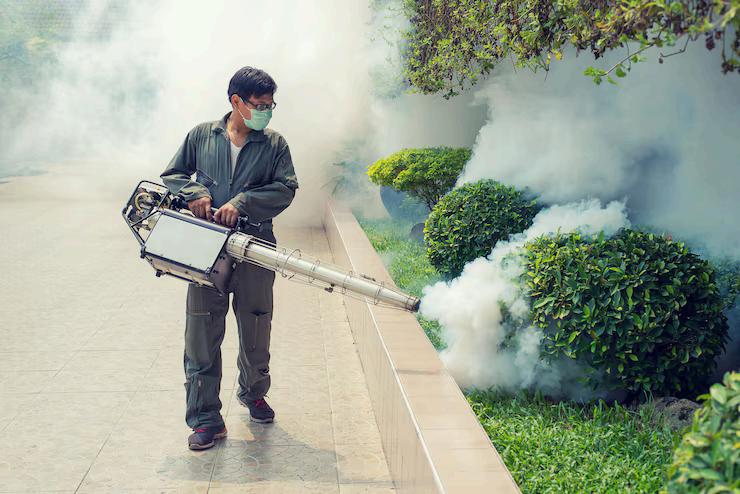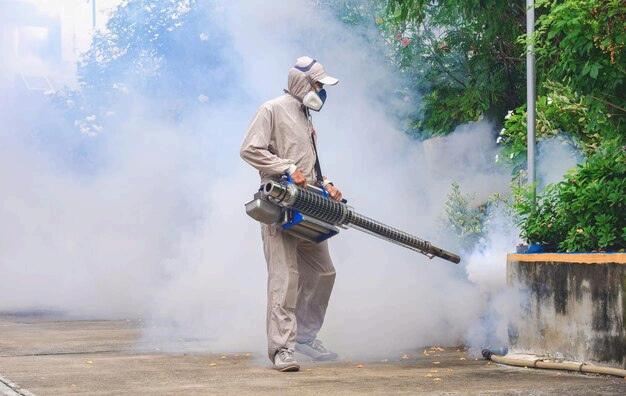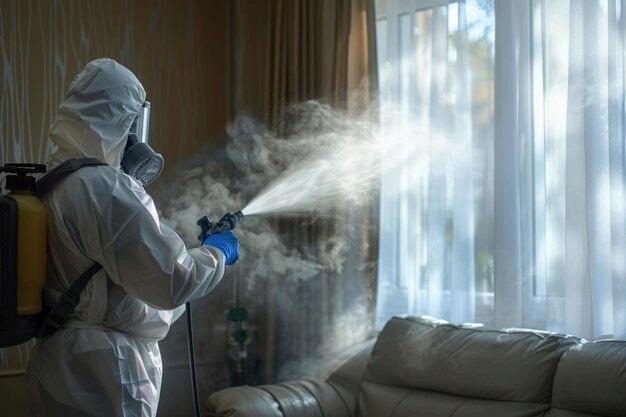









Climate control has become an essential aspect of various industries and residential settings, promoting comfort, safety, and efficiency. Among the innovative solutions available, misting and fogging systems stand out due to their versatility and effectiveness. These systems leverage fine water particles to manage temperature, humidity, and airborne contaminants, making them invaluable in numerous applications.



Misting systems operate by forcing water through specialized nozzles to create a fine mist. This mist evaporates almost immediately, absorbing heat from the surrounding environment and thereby reducing the temperature. Key components of a misting system include:
Pumps: To pressurize the water.
Nozzles: To disperse the water into fine particles.
Control Units: For regulating the system's operation.


Fogging systems work similarly but produce even finer water droplets compared to misting systems. The fog generated can be less visible and is more effective in humidification and controlling airborne particulates. Components of fogging systems include:
Foggers: To create the fine mist.
Diffusers: To spread the fog evenly.
Control Units: To manage the system.


Though similar, misting and fogging systems have distinct characteristics:
Application: Misting systems are typically used for cooling and humidification, fogging systems are better suited for dust and particle suppression.
Effectiveness: Misting systems are effective in outdoor environments for cooling, whereas fogging systems work well in indoor settings for environmental control.

Advantages and Disadvantages: Misting systems offer efficient cooling with minimal water usage but can cause dampness if not managed properly. Fogging systems provide thorough coverage and particle reduction but can be more complex to install and maintain.


In agriculture, misting and fogging systems are employed for crop cooling and irrigation, protecting plants from heat stress and ensuring optimal growth conditions.

houses benefit significantly from these systems through enhanced climate l, promoting healthier plant environments and improved yield.

Outdoor cooling systems in restaurants, resorts, and outdoor venues utilize misting to provide comfort to guests, especially during hot weather.
Fogging systems in construction sites help in dust suppression, creating safer working conditions and complying with health regulations.

Using misting systems in residential settings can transform outdoor spaces into cool, comfortable areas, perfect for relaxation and entertainment.

Fogging systems can improve indoor air quality by managing humidity and reducing airborne contaminants, contributing to a healthier living environment.


Misting and fogging systems reduce the presence of airborne contaminants, such as dust and pollutants, providing a safer and more comfortable environment. Additionally, these systems enhance humidity control, which is beneficial in preventing respiratory issues and promoting overall well-being.



Implementing misting and fogging systems can lead to significant energy savings by reducing the reliance on traditional air conditioning systems.
A cost-benefit analysis often shows a favorable return on investment (ROI), making these systems a financially sound choice for many applications.


Both systems are designed to use water efficiently, minimizing waste.
Properly managed systems can contribute to water conservation efforts.
By reducing energy consumption and improving environmental conditions, misting and fogging systems promote sustainability and help in reducing rbon footprints.


The future of misting and fogging systems lies in technological advancements and integration with smart systems. Innovations include:
Automated control units for precise climate management.
Sensors and IoT connectivity for real-time monitoring and adjustments.
Eco-friendly designs that enhance efficiency and reduce environmental impact


Misting and fogging systems represent a sophisticated approach to climate control, offering numerous benefits across various applications. From industrial to residential settings, these systems enhance comfort, safety, and efficiency. As technology continues to evolve, the future looks promising for the adoption and advancement of these cutting-edge climate control solutions.
By understanding and utilizing misting and fogging systems, individuals and businesses can achieve superior environmental control, contributing to better health, productivity, and sustainability.

This document provides a comprehensive overview of advanced climate control using and fogging systems, highlighting their principles, applications, benefits, and ends.

